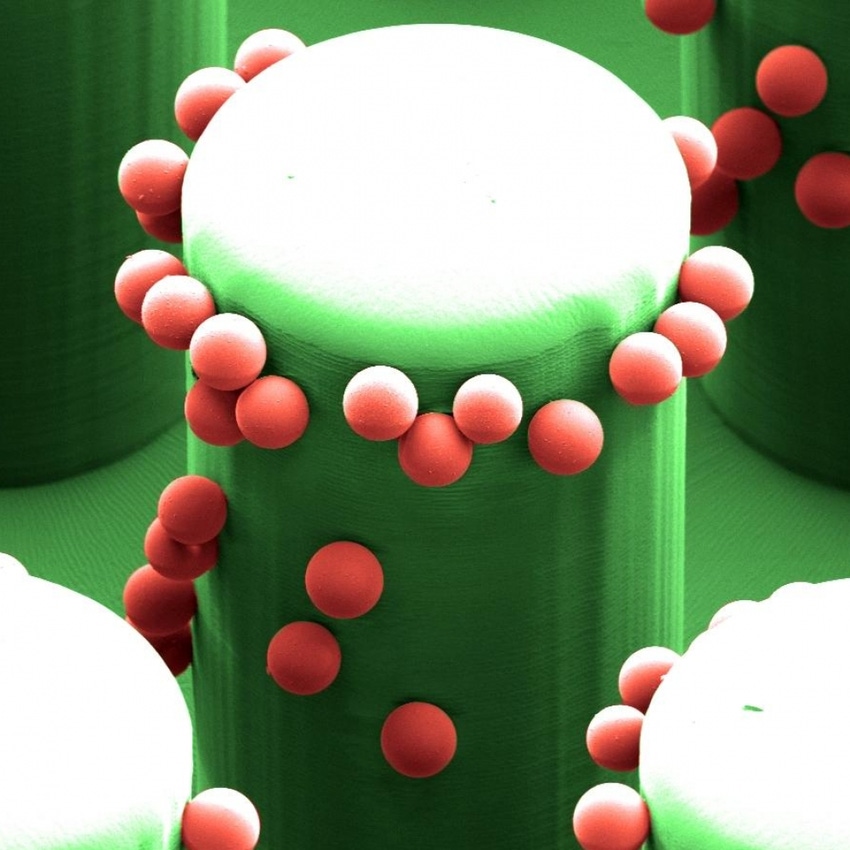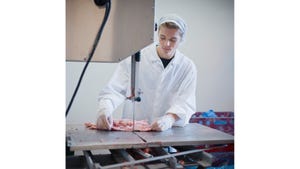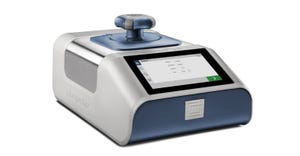Gecko Feet Inspire New Dust Collection Technology
April 27, 2016

The inspiration for a new tool developed at Yale University to combat tiny dust particles comes from a surprising source: Gecko’s feet.
Looking at static cling forces and the adhesive nature of Gecko’s feet, the lab of Yale’s School of Engineering & Applied Science Dean T. Kyle Vanderlick developed a polydimethylsiloxane (PDMS) polymer sheet that can effectively remove micrometric dust particles on a surface, YaleNews reported Tuesday.
Each elastic, non-sticky sheet contains millions of microscopic pillars, which vary from 2 to 50 micrometers, depending on the size of dust being collected. When applied to a surface, the PDMS polymer produces a slight electrostatic charge that attracts dust to the pillars. Tests at Vanderlick’s lab with silica dust showed complete removal of the substance without damaging the surface.
A paper on the research was published recently in the journal ACS Applied Materials and Interfaces. Hadi Izadi, a post doctoral associate who is the lead author of the paper, looked at how Gecko’s feet stick to walls in previous research. Izadi found that the Gecko’s cling involved electrostatic charges and small pillars on the undersides of its feet. However, the new tool developed in Vanderlick’s lab was designed not to stick to surfaces.
To develop the discovery, researchers teamed up with several Yale art conservators to use the PDMS polymer to remove dust from paintings. Dust is a major concern in art preservation – particularly modern works that use Acrylic paint – according to Cindy Schwarz, assistant conservator of painting at the Yale University Art Gallery.“Acrylic paints are incredibly porous, so anything you’re putting on the surface could get into the pores, and then work from the insides of the pores to soften the paints,” Schwartz told YaleNews.
Use of the new tool will likely not be limited to art conservation. It is possible that the discovery will become available for industrial or commercial uses like electronics cleaning.
You May Also Like


